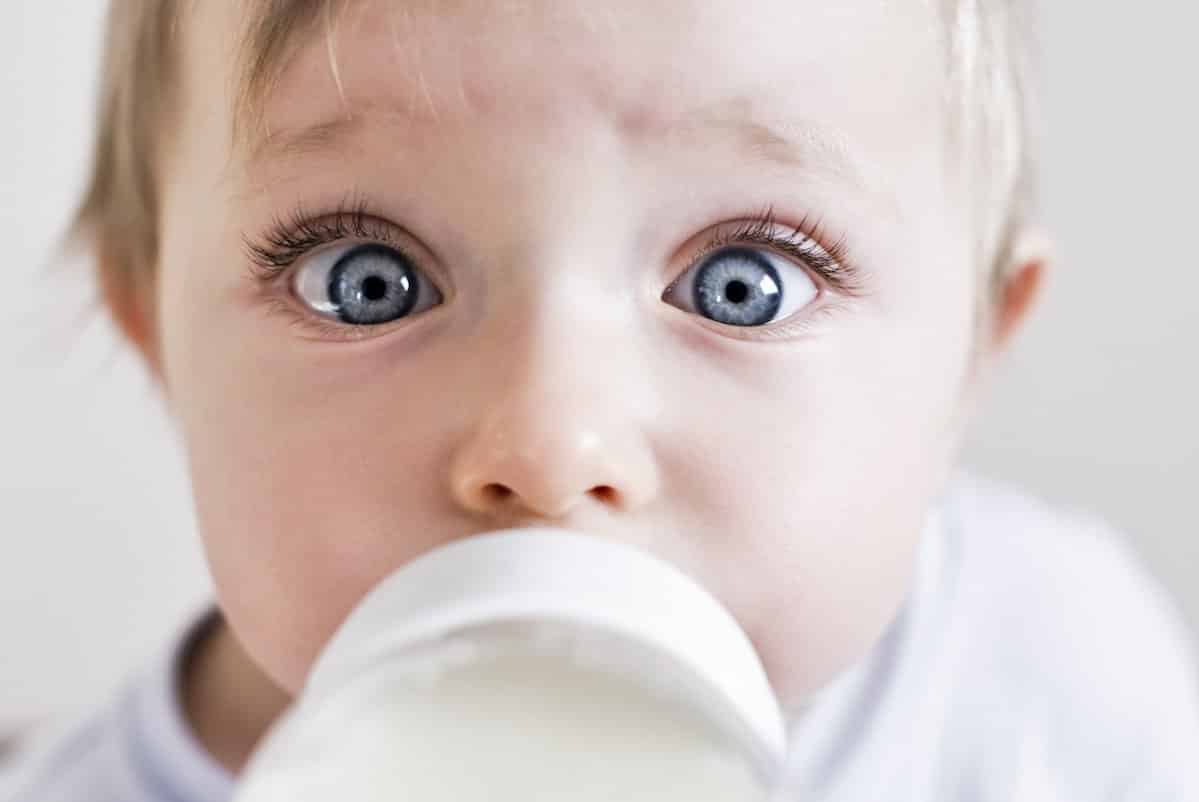Milk produced by breastfeeding mothers has long been known to include a special cocktail of ingredients that, as well as offering nutrition, helps babies to fight infection. Adding to this, now a team of researchers from the Vanderbilt University have found a new class of antibiotic hiding in human breast milk.
“This is the first example of generalized, antimicrobial activity on the part of the carbohydrates in human milk,” said Assistant Professor of Chemistry Steven Townsend, who directed the study. “One of the remarkable properties of these compounds is that they are clearly non-toxic, unlike most antibiotics.”
The interdisciplinary team has discovered that some of the carbohydrates in human milk not only possess antibacterial properties of their own but also enhance the effectiveness of the antibacterial proteins also present.
Worldwide antibiotic-resistant bacteria infects and kills hundreds of thousands of people each year – making the hunt for new antibiotics an urgent priority- and this was the primary motivation for the study. “We started to look for different methods to defeat infectious bacteria. For inspiration, we turned to one particular bacteria, Group B Strep. We wondered whether its common host, pregnant women, produces compounds that can either weaken or kill strep, which
is a leading cause of infections in newborns worldwide,” Townsend said.Group B strep bacteria, whose common host are pregnant women, remain the leading cause of severe infections in newborns worldwide, which often leads to sepsis or pneumonia, and in severe cases death, because they do not have fully developed defence mechanisms.
To do so, the researchers collected human milk carbohydrates, also called oligosaccharides, from a number of different donor samples and profiled them with a mass spectrometry technique that can identify thousands of large biomolecules simultaneously. Then they added the compounds to strep cultures and observed the result under the microscope. This showed that not only do some of these oligosaccharides kill the bacteria directly but some also physically break down the biofilms that the bacteria form to protect themselves.
In a pilot study, Townsend’s lab collected five samples. They found that the sugars from one sample nearly killed an entire strep colony. In another sample, the sugars were moderately effective while the remaining three samples exhibited a lower level of activity. In a follow-up study, they are testing more than two dozen additional samples. So far, two broke down the bacterial biofilms and killed the bacteria, four broke down the biofilms but did not kill the bacteria and two killed the bacteria without breaking down the biofilms.
“Our results show that these sugars have a one-two punch,” said Townsend. “First, they sensitize the target bacteria and then they kill them. Biologist sometimes call this ‘synthetic lethality’ and there is a major push to develop new antimicrobial drugs with this capability.”
By dosing strep cultures with a mixture of milk sugars and antimicrobial peptides from human saliva, the researchers also showed that the sugars’ ability to break down biofilms can also enhance the effectiveness of the other antimicrobial agents that breast milk contains.
If these results bear out through future studies, these sugars could potentially become a part of an antibacterial treatment for infants or adults; they could also help reduce our dependence on some common antibiotic.






























